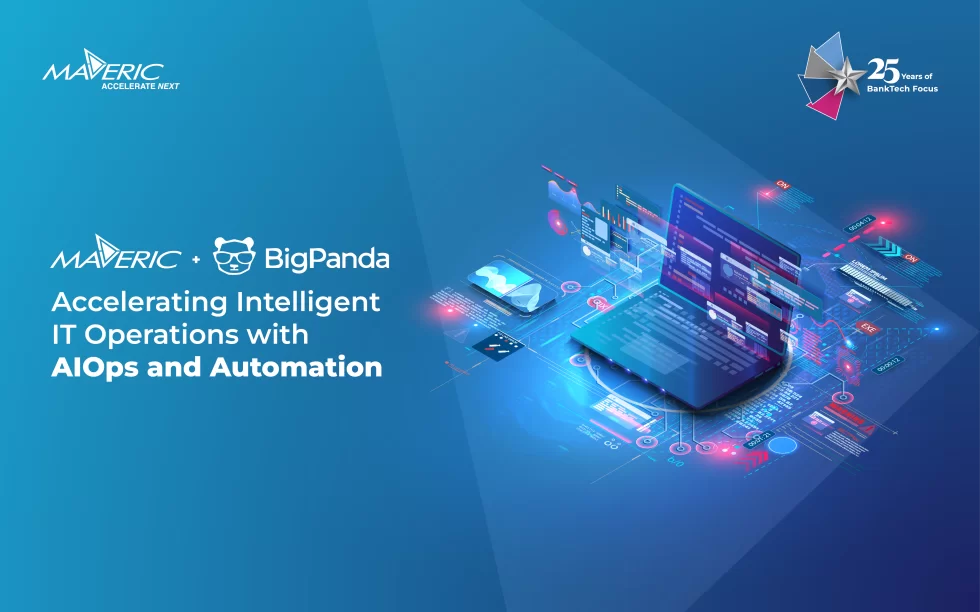Is it an exaggeration to say most future companies will be fintech companies? Not really. Companies of all makes and maturity – including retailers, big techs, logistics, insurance providers, telcos – either are prepping to or launching embedded financial services that cater to business and consumer segments. These firms can plan and realize a significant portion of their revenue from financial services because of the massive adoption of cloud computing and its subset, SaaS platforms.
Meeting the expectations of digital natives, combating competition from anyone in the ecosystem, and the hunger to innovate business models will all mean that – banks of 2025 will operate vastly differently. In the least, they will be scalable, flexible, and cost-effective. A WSJ study speaks about how banks will spend $12B + on public cloud infrastructure and data services by 2021, up from $4B. These exponential growth numbers suggest that SaaS platforms for banking channels are the way forward.
Given the privacy and security concerns, banks’ relationships (friends, enemies, or frenemies) with cloud computing companies (Amazon, Microsoft, Google) will keep shifting. But the undeniable attraction banks have for SaaS is built on a few solid considerations. For one, SaaS offers the agility to support volatile business cycles and demand patterns. Secondly, it realigns IT cost structure from CAPEX to OPEX models, reduces cost, and enhances cost predictability. The third advantage of SaaS deployments is the flexible functionalities via API catalogs and web-based interfaces. Finally, comes tomorrow’s edge – prepare banks to exploit the power of AI, ML technologies, and Predictive analytics.
In addition to the above reason, SaaS’s promise for banking channels has jumped notches in the last few years. Here’s why.
Remote working: Cloud-based SaaS tools revolutionize the ability for scattered teams to collaborate, something that becomes important when banks announce extended work-from-home routines.
Leveraging data management: Banks leverage speed and computing power by taking advantage of SaaS applications’ ‘greenfield’ approach. Be it Goldman Sachs (making its entry into the consumer-lending market with ‘Marcus’) or JP Morgan (Finn), or even ING (Yolt), banks are utilizing the wealth of available customer data to innovate in ringfenced ways.
Innovation sandboxes: With next-generation SaaS solutions such as Temenos Banking Cloud, banks today focus on fast innovations with fintech collaborations. The outcome? The ability to self-provision always-on banking services that scale instantly and reduce operational costs to 10% of legacy systems.
While banking segments of all stripes – universal banks, retail banks, corporate banks, challengers, private banks, credit unions, or fund administrators – benefit SaaS platforms, the overriding concern – Security – is not new. IBM reports that an average data breach in the financial sector works out to $5.9M.
How do banks counter security concerns for SaaS deployments?
In many ways, Banks can mitigate security breaches from regulating access permissions through a unified framework for user authentication to enforcing perimeter network control via pre-defined firewalls, intrusion detection, and prevention systems.
Moreover, virtual machine management includes standardizing VM images, third-party applications, and security patches that boost security protection across IT infrastructure. Then comes the data encryption practices, wherein SaaS deployment partners give banks the options to manage their encryption keys.
Finally, the governance and incident management layer scrutinizes SaaS applications for specific breaches and intrusion incidents. These are captured, reported, and monitored till closure.
Core banking systems often do not run in real-time. That reality should change.
Especially when Temenos, with its features of ‘Build a Bank in a day,’ offers sandboxes for banking customers to experience the ease of consuming, composing, configuring, and extending capabilities, services, and enterprise solutions any way they see fit.
In the final analysis,
As Banks look to upgrade their IT infrastructure fast, SaaS platforms become crucial. Ensuring their clients don’t ever worry about upgrades or on-prem hardware updates, SaaS providers unburden banks with hassle-free services.
The tipping point is near. More banks are electing SaaS deployments since they acknowledge their commercial viability relies on upgrading their core. This acceptance is a step in the right direction as the next five years promise a sea change across the entire consumer finance ecosystem. After all, technology costs are constantly crashing and replacing core, or building new banking platforms gets more attainable.
Banks most alive to the challenge – ‘every company will be a fintech company’ – will gain the most in this landscape.











